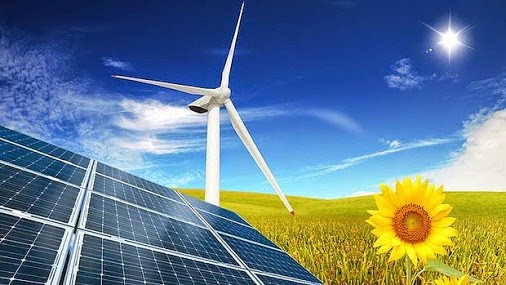There are some that argue that a home solar leases being offered by some solar companies is the renewable energy equivalent of a banks subprime mortgage and will have serious repercussions in the years to come.
One popular residential solar lease program permits the solar company to own the equipment and enjoying all the benefits and tax credits available while Mr. and Mrs. Homeowner saves $10 per month on their utility bill. There are voices in the industry that are shouting at the top of their lungs asking why would a homeowner let some solar company attached equipment to their house they don’t own? So instead of renting your electricity from the utility company you are now renting it from an unnamed financial institution? That does sound a little crazy after you say it out loud.
To make matters even more shady, there often time is an inflation clause so like a subprime variable interest mortgage, the rate creeps up after a couple of years. With solar pricing continuing to drop and solar panel efficiencies rising every day who would want to rent equipment that for 15 years when they could reaping the benefits of having the utility company pay them after 7 or 8? What happens if you need to sell your home before the lease expires when cheaper more efficient solar equipment is being refined every day. Remember the computer and LCD TV’s?
Michael Leibreich, chairman of Bloomberg Finance’s Research Group on New Energy Finance, recently stated that he believes the cost of developing a solar power project will be cut in half in the next decade. These cost reductions will pave the way for utility scale solar and they will also help make solar a viable option for residential solar.
On a typical residential system the savings on your electric bill even after you repay your system’s cost can be well over $50,000.00 in your pocket when you consider annual increases in the cost of electricity.
Residential solar installations will remain a key part of the solar industry’s remarkable growth, and the distributed nature of these solar systems represents some of the most unique and most advantageous aspects of solar technology; however, reductions in technology costs are not enough to make solar affordable for everyone.
The most basic way is to pay for the solar system out-of-pocket. This approach leads to the highest rate of return assuming the homeowner can take full advantage of the federal investment tax credit grant, state incentives, and the value of solar renewable energy credits or SRECs. However, solar systems still pose a high initial cost, and many residents do not have the ability to pay for the system completely out-of-pocket.
A subset of this option is looking at some residential loan products to pay for the solar system. Residents can take out home equity loans from their banks or secure low-interest loans to cover the system cost from their installers. (In D.C., homeowners have received access to zero-interest loans for the first year through their solar installer.) This approach also allows the homeowner access to all the economic incentives for going solar, which along with energy savings, can be used to repay the loan in a very reasonable period.
Two other options that do not require the homeowner to fund the entire cost of the solar installation would be to (1) lease the system or (2) enter into a Power Purchase Agreement (PPA). Although these structures are now common among commercial solar installations, these financing structures are becoming more popular with homeowners in the past two years.
While the nuances of leasing structures often differ, the residential homeowner is basically leasing the solar energy system just like someone leases a car. This approach allows the customer to reduce energy bills without the high initial cost of going solar. However, in leasing a system, the homeowner would not own the system; therefore, they would not receive
the federal tax incentives or state rebates and in most cases they would not be able to take advantage of the economic incentives like selling SRECs.
Finally, a Power Purchase Agreement allows a homeowner to buy electricity from a system located on their roof at a reduced rate. This means the homeowner will experience savings on their energy bills without large upfront costs. However, just like in leasing the system, the customer will not own the system, be able to take advantage of SRECs, or the federal and state incentives. In effect, they have not “invested” in a solar energy system, but they will still reap financial benefits because they’ve created a hedge against rising utility costs.
It can be a difficult decision for homeowners when selecting which financing option to use. A lot will depend on how the homeowner feels about the high upfront cost associated with owning a solar system. However, if the customer can afford the initial capital or is able to secure a conventional solar loan, then purchasing the system will provide them with a return on investment over the lifetime of the system.
By owning a solar energy system, the homeowner will be able to monetize all available incentives and also reap the value of producing clean electricity through the selling of SRECs. SRECs are valuable because several states have solar-carve outs in their Renewable Portfolio Standard (RPS) that require energy suppliers to procure a certain percentage of their electricity from solar or pay a steep Alternative Compliance Fee (ACP).
Before you sign a solar lease, I would recommend you talk to your tax advisor. The longterm damage some solar companies are causing will come back in the form of lawsuits and a glut of repossessed used solar equipment flooding the market. Isn’t that a little like what the banks did to us with sub-prime mortgages? Contributing source: Renewable Energy World Blog.
